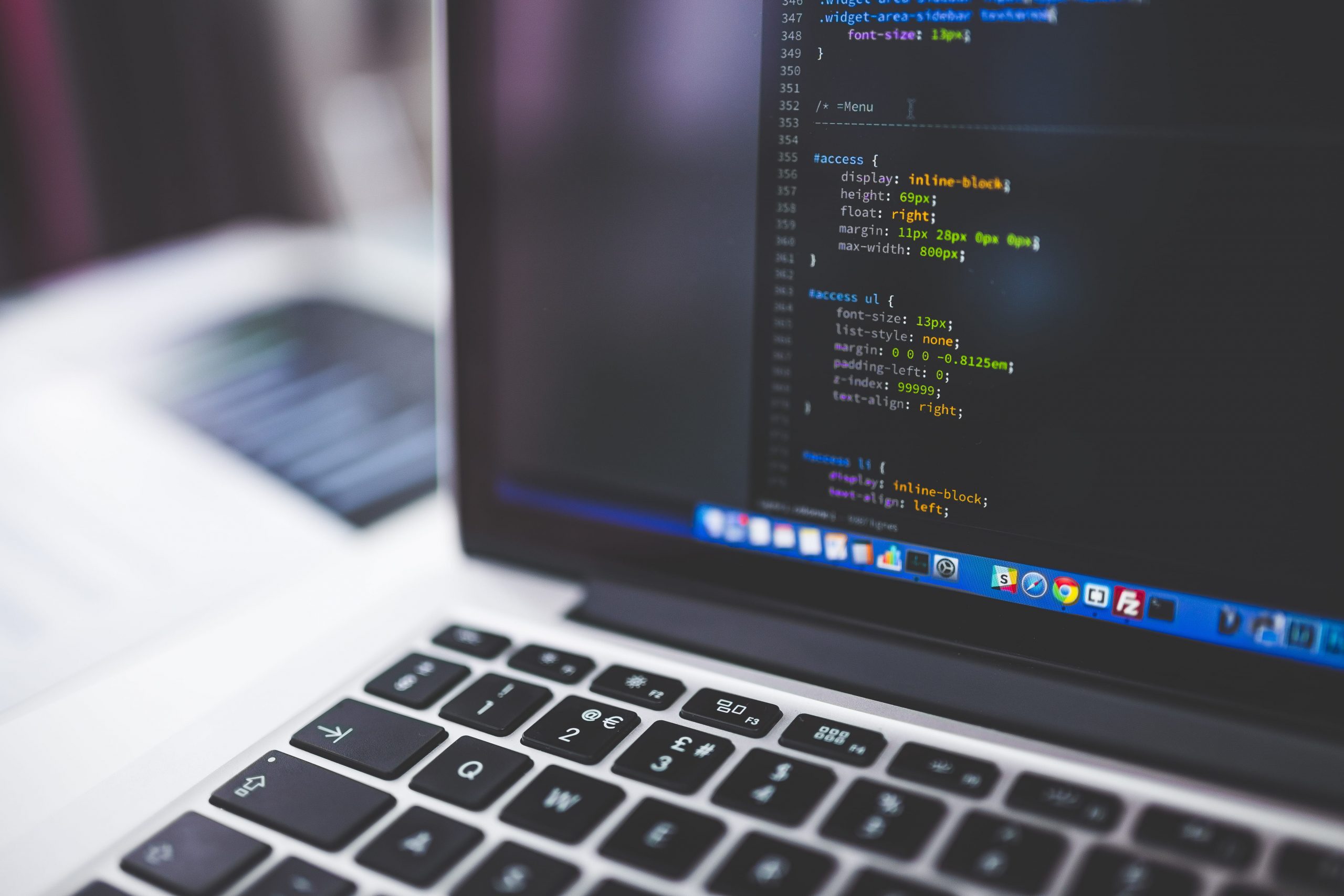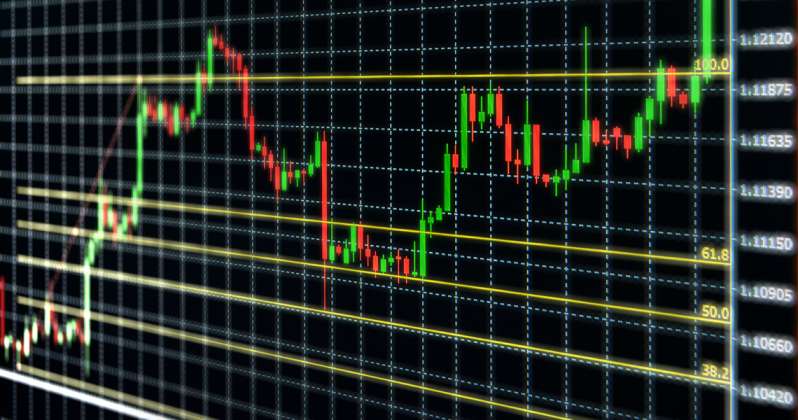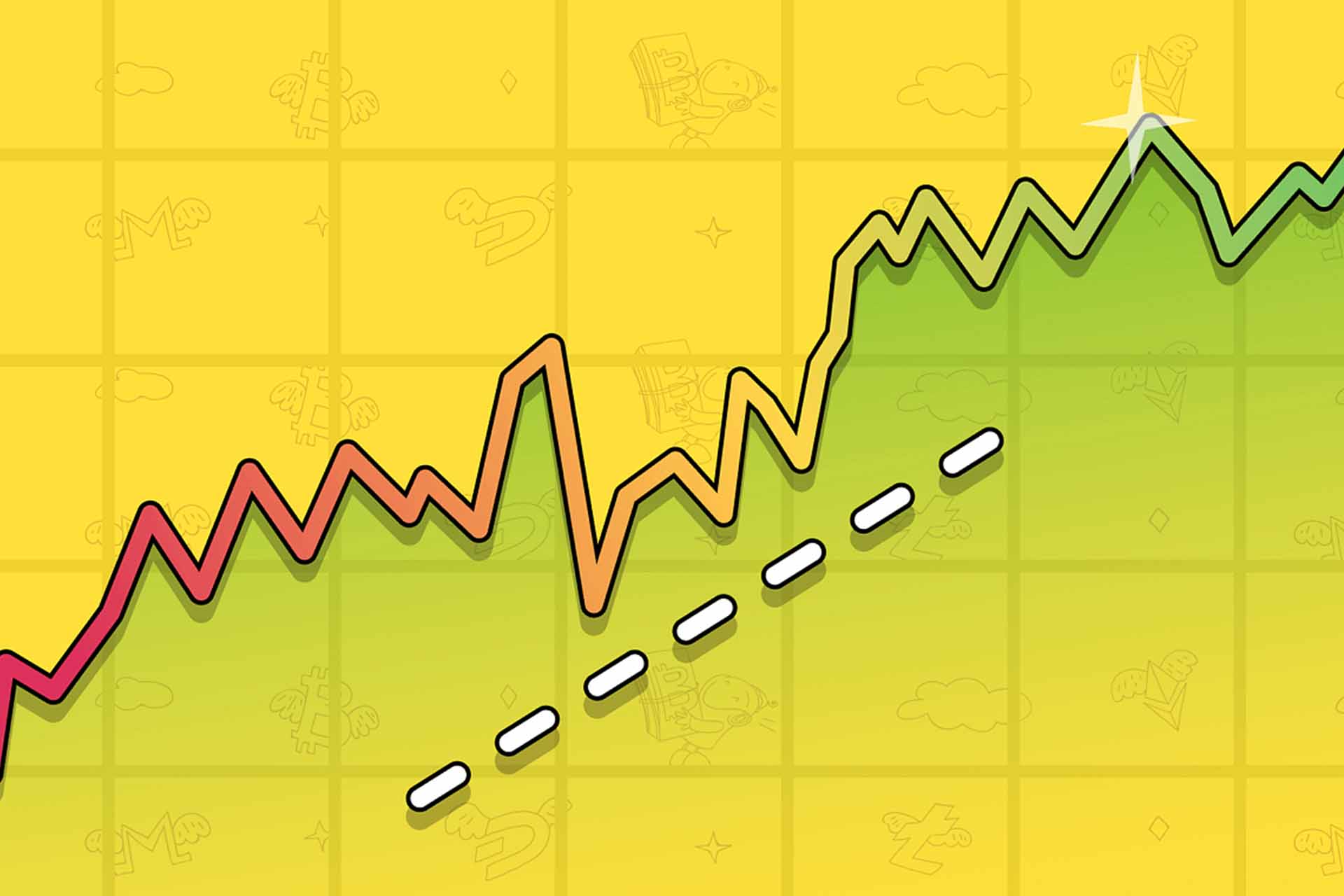In today’s tech-driven world, finance and programming are inseparable allies. With advanced computer programs significantly impacting the finance sector, they are revolutionizing fraud detection, asset management, and especially trading. Let’s explore the best programming languages for trading, a key tool for modern financial wizards.

Decoding Programming in Finance
Just like chefs need recipes, computers need programs to execute tasks. Programming is essentially crafting these digital recipes. It’s the backbone of creating software that makes the finance world tick.
Breaking it down, programming is divided into low-level and high-level languages.
Low-level languages, closer to computer’s understanding, include binary and assembly languages. Binary, made up of 1s and 0s, is the computer’s native code, while assembly language uses more familiar terms for human understanding.
High-level languages, more in tune with human language, are easier for us to grasp but need translation for computers. This translation from human-friendly code to machine language is done by compilers or interpreters.
Imagine programming as a relay race. The programmer starts with high-level language, the compiler translates it into binary, and finally, the computer executes the binary commands.
With numerous high-level languages available, choosing the best or easiest programming language depends on your specific project needs.
Finding the Perfect Match for Trading
Focusing on algorithmic trading, the art of using computer programs for trading, the choice of programming language is crucial. These languages enable swift and precise trades, so selecting the most suitable one is essential for any budding trading programmer.
Numerous languages offer various advantages for trading. Let’s explore some popular ones:
Python: The Trader’s Choice
Python stands out for its open-source accessibility and ease of use in trading. Its extensive libraries simplify algorithmic trading programming and system maintenance, though it’s not without its memory management challenges.
Related Reading: Algorithmic Trading Using Python: Introduction and Setup
C++: The Speedster
C++, a favorite in many banking systems, is lauded for its efficiency in handling large data and its unparalleled speed, crucial for trading. However, its learning curve is steep, and it requires foundational knowledge in C.
R: The Data Maestro
R, primarily for data analytics and statistics, is vital in trading. It’s great for data processing and machine learning, offering an accessible entry point into trading programming.
Your Trading Language: A Personal Choice
Ultimately, the ‘best’ programming language for trading is subjective. It depends on your comfort level, trading requirements, and desired program functionality. In our view, Amibroker AFL excels, enabling quick and efficient trading system development. Learn more in our comparison of Amibroker vs Python here.




